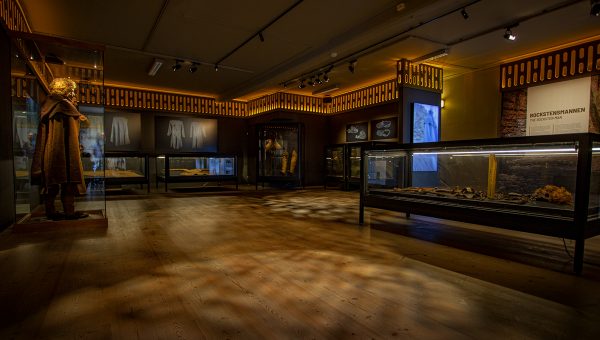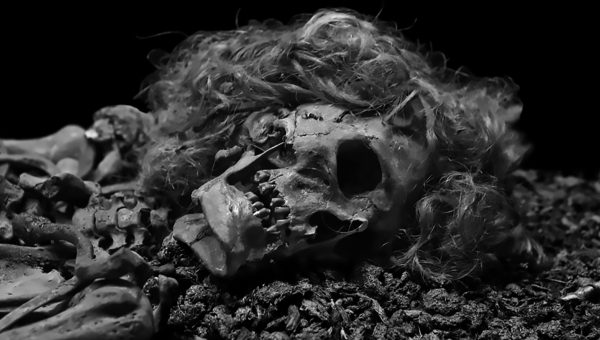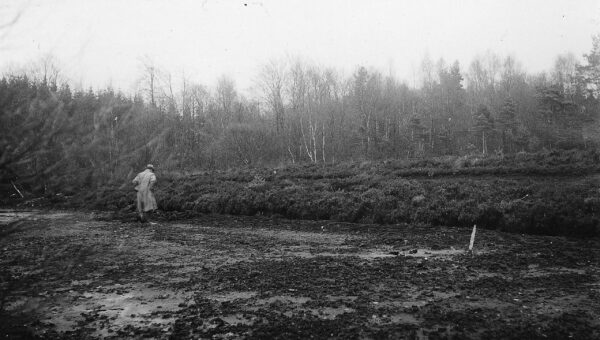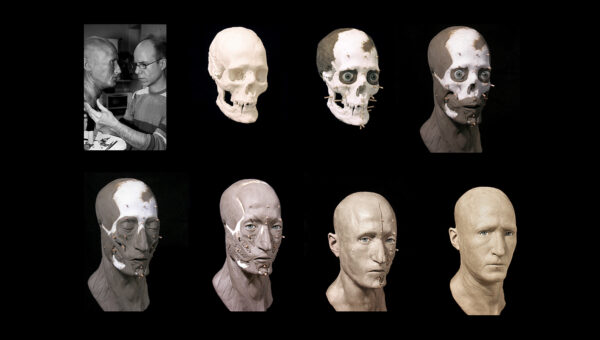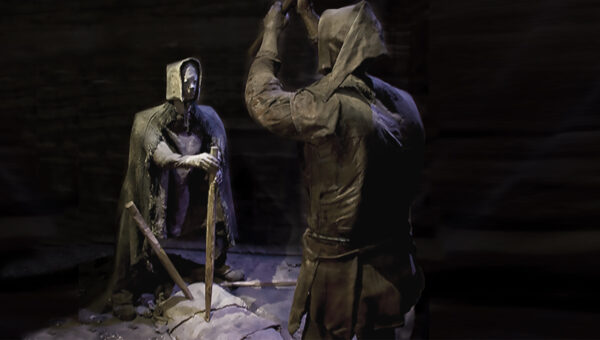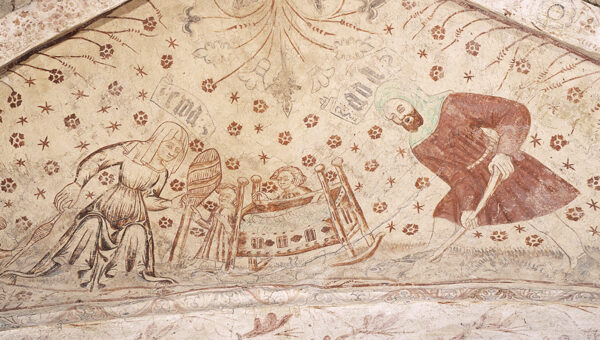
The Bocksten Man’s unique outfit
The Bocksten Man’s costume is one of Europe’s best preserved garments from the Middle Ages. The costume is dated from the period 1350-1370 and its details tell us of his social standing.
The Bocksten Man’s clothes can tell us about how people dressed in the Middle Ages. The clothes are made from woven wool that was processed to become ‘wadmal’ – a coarse, dense woollen fabric that is warm and rain resistant. The outfit is the only one of its kind found in Europe. Below is a short description of the different elements that make up the outfit.
The gugel – a kind of pointed hood – is the most characteristic garment. It served as both a cap and a scarf. The length of the point is a fashion detail that varied throughout the middle ages.
The mantel – also known as a cloak – is an outwear garment. It has an opening on the right side, allowing the wearer to
use their right arm easily.
Hose, or long socks, were worn instead of trousers in those times. They were held up with leather straps hooked onto an inner belt made from leather and positioned under the tunic.
The tunic is like a long shirt, and was used as a base layer in the Middle Ages. A strong leather belt, in which the Bocksten Man carried two knives and a smaller leather object, was worn on top of the tunic.
The leather shoes featured a flat sole.
His foot wraps are made of recycled garments that were wound around each foot and moulded to take the form of slippers.
So, was he a nobleman? Most probably not. If he had been a member of the upper classes of society, he would have been wearing fine imported fabrics made in specialist workshops in continental Europe. The fabric used for the Bocksten Man’s clothes, however, was home-woven, as can be seen from the weaving width and quality. Yet the fabric shows hardly any signs of wear.
This brings us to the conclusion that the Bocksten Man was not an average farmer, but rather someone who was in close contact with upperclass gentlemen. He might have been a servant, scribe, craftsman, or something similar on a large estate, at a castle, or in a town.

